Digital Information Needs Demand Lighter, Power Efficient Communications
Net centric warfare is multiplying the need for data and video sharing as well as voice. Industry is under increasing pressure to deliver communications that can be used and powered around the battlefield.
The shift from analog signal to digital has had a major impact on the capabilities and applications for military communications on the battlefield. These range from extending communications means to lower tactical levels as well as sharing information across multiple users in real-time.
Technically the difference between analog, the primary means of communication particularly wireless, and digital, reflects the difference between the signals. “An analog continuous signal looks like a sine wave, while a digital signal looks like a square wave. In the former information is represented as a continuously variable. Digital is defined as storing or recording information in binary code, using the numerals 0 and 1 to demonstrate whether the signal is absent or present.” In fact, no matter what the input – voice, keyboard, video or other means – digital convert and transmits it the same way as discrete encoded ‘data’ which is then accessible to either a designated single recipient or electronically transferred to multiple recipients. It is further fully compatible with various transmission channels and storage medium including RF wireless, fibre optics, computer buses, and can be transparent between them. These properties have provided the military user with capabilities that offer benefits on the battlefield previously impossible.
Digital Advantages
Digital offers a number of characteristics over analog that are particularly beneficial to battlefield environments and demands. First, it offers increased range with clearer signal and minimal distortion showing greater noise immunity. Digital also permits multiple stations to communicate concurrently and to send and receive voice, text and other data. To see also : New SDR reserves won’t fix Lebanon’s structural problems -IMF’s Georgieva. This allows digital to deliver more information more quickly to more recipients. These attributes are of particular value to military applications where wide expeditious distribution of information and communication of reports and orders can be critical. Taking further advantage of these properties opens the possibility of networking a range of stations allowing their near-seamless sharing often referred to as the integrated tactical networks (ITN).
A 2005 French Army study by the Command Doctrine and Education Centre entitled, Of electrons and men : new information technologies and conduct of operations, concluded “through digitisation, US Stryker company commanders achieved a battlefield perspective equivalent to that of a non-digital battalion commander and Stryker formations could cover three times the geographic area.” Further it freed commanders at each level from various routine tasks while giving them a broader situational awareness and greater ability to coordinate in part because they had access to more precise information.
Beyond the operational aspects, digital offers support and logistics opportunities. These include the ability to develop a family of radio products based on a common platform architecture. This ‘family’ approach could facilitate new product introduction using proven software and configurations and operating procedures already familiar to end-users. Coupled with the digital’s compatibility with the various frequency bands, this allows for tactical radios even at the team level to offer both line-of-sight (LOS) and non-line-of-sight (NLOS) including SATCOM (satellite communications) incorporated into a single set. The importance of simple and straightforward operation for battlefield communications systems cannot be over emphasised. As Major Matthew Blumburg, a US Army signals officer explained: “Communications equipment is often complex, not operator friendly, and typically requires specific training … When new technology is problematic or too complex, it is routinely pushed aside, or not used to its full potential. Many soldiers expected to operate new communication systems are not communicators.”
Battlefield Requirements
Under Secretary of the US Army Gabriel Camarillo during the Army Technical Exchange Meeting in 2022 explained: “The shift to large-scale combat operations relies on modernised manoeuvre capabilities, long-range fires, deep sensing, and a secure and resilient network to transmit critical data on the battlefield.” He continued: “An important threat to consider when dealing with near-peer advisories is their ability to disrupt communications. This new form of communication would need to combat not only disruption but also infiltration. Read also : Software Defined Radio Market Report, Size, Share, Growth, Trends and Forecast 2027 – openPR. Bill Seiss, director, Account Management, at L3Harris, shared: “Military customers are demanding connectivity via multiple pathways for a single operator or within a single device to assure communications even in contested environments.” Achieving this means not only several channels, but access to a variety of waveforms in a single set, a capability made possible by digital technology.
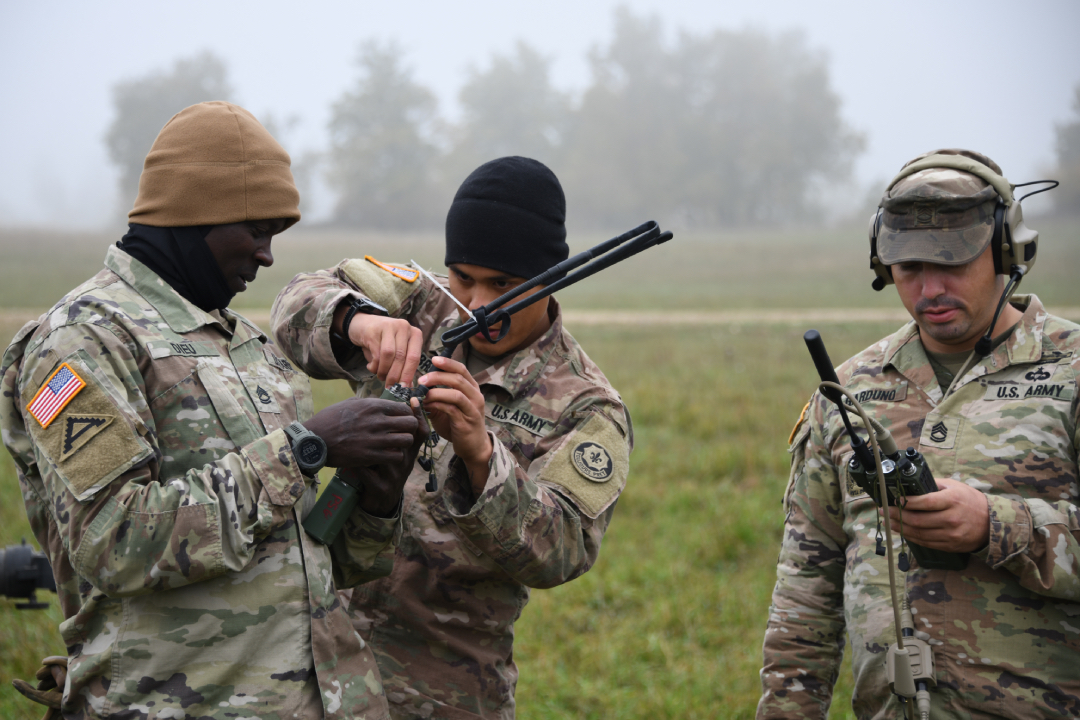
Tactical Radio Mission Configurations
The design of tactical radio configurations is significantly driven by their intended end-user as well as their role and purpose. Size, weight, and power are factors in any system but are particularly important for those employed by dismounted soldiers. Thus, tactical ground communications systems have become largely deliniated as personal/handheld, manpack, and vehicular/based. To see also : Global Software-Defined Radio (SDR) Markets to 2024 – Increase in Demand of SDR in Homeland Security & Commercial Applications Presents Lucrative Potential – ResearchAndMarkets.com. The physical characteristics and performance of each are driven by the application and user considerations. Fortunately, digitalisation and advances in micro-electronics have allowed rescaling of sets even while adding capabilities. Tom Kirkland, L3Harris vice president, Army and SOCOM programmes emphasised that the industry focus is “to scale down the Size, Weight and Power – Cost (SWaP-C) while enhancing multi-carrier, multi-capacity”. These criteria take-on increasing importance in set design as its application moves closer to the battlefront.
Soldier/Personal Tactical Radios
The soldier/personal radio is used by individuals primarily for relatively short-range communication within the team, squad or platoon. Minimising the size, weight and power usage are important considerations as extra batteries simply the soldier’s load. These power demands should not be overlooked as batteries can become a major concern. The personal radio, like the L3Harris’s Falcon III RF-7850S, Thales’s SquadNet and the Motorola SRX 2200 P25 two-way portable radio are focused on “optimised voice and guaranteed GPS position reports from every soldier”, as well as offering a web-based interface for edge device, tablet, laptop or phone. The primary purpose of these radios is to facilitate mutual inter-team awareness and coordination. With its intended user being the average infantryman or other combat soldier simplicity and straight forward operation are also critical.
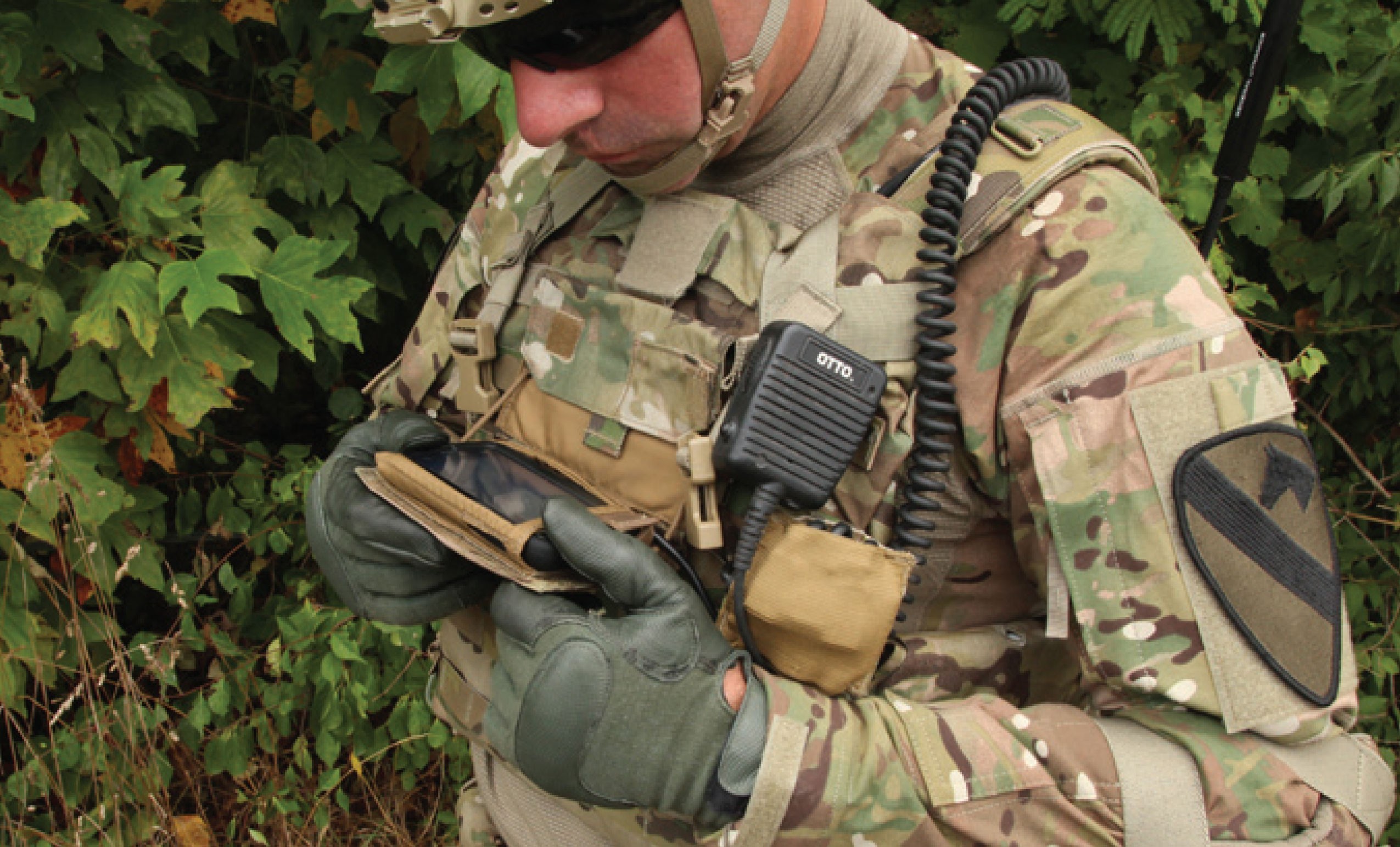
Handheld/Leader Tactical Radios
Handhelds, incorporate multi-channel capabilities in a small, lightweight package suitable for small unit and team use. They are focused primarily on company level leaders to ensure contact with higher command levels and supporting arms. Current handheld technology incorporates VHF, UHF, and SATCOM into a single set, whereas previously these required separate radio sets. The L3Harris AN/PRC-163 Multi-Channel Handheld, for example, weighs only 2.75 pounds (1.25 kilogrammes) with battery yet offers up to 20 hours of secure communications. Despite the compact package the PRC-163, one in the family of Falcon IV radios, it offers five capabilities of narrow band LOS and SATCOM, wideband MANET networking, ISR video, GPS, and signal-based threat warning.
The Falcon’s capabilities are evidently appreciated by militaries since they are being fielded not only by the US Army, but were also selected by the United Kingdom with both the PRC-16 and PRC-167 to be acquired by British Forces. Falcon series are also used by the Australian Army, with the Falcon III AN/PRC-152 single-channel multiband, multi-mission handheld radio providing soldiers with secure, real-time information and communication.
The Thales AN/PRC-148D IMBITR is another handheld in wide use. With a 8.5 inch (215mm) length and 2,26lb (1.083kg) weight ,it is compact and rugged with two-channels for simultaneous narrowband and wideband communications, as well as tactical command and control communications with Type-1 security.
Another handheld is Bittium’s Tough SDR which brings broadband data transfer and voice to mobile troops across the battlefield. It offers a wide range of frequencies, 30-2500MHz without gaps, across several frequency bands. Together with flexible configuration options and routing networks, even thousands of radios in one network are supported. Troops can communicate securely over narrowband and wideband flexibly using the best waveform considering the conditions and the mission.
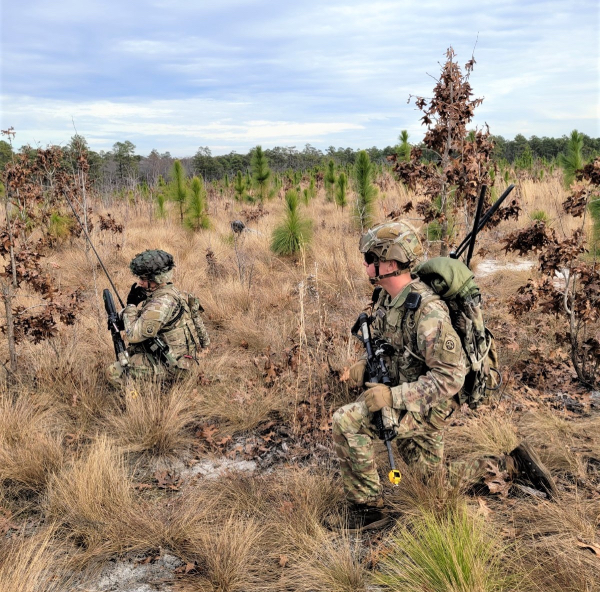
Manpack/Vehicle Tactical Radios
Although the ‘manpack’ tactical radio suggests its role is in the dismounted application, the majority of current manpack radios can also be mounted in vehicles or used in command centres. Typically, the manpack radio is a two-channel software-defined radio capable of transmitting voice, data and video communications. It is the primary radio set used at company and higher command levels, as well as the standard set in combat and tactical vehicles. Their capabilities include on-the-move, at-the-halt, stationary line-of-sight, and beyond-line-of-sight communication. These radios are scalable and compliant with modular software communications architecture, enable net-centric operations, operate multiband and multimode, and deliver reliable, secure tactical communication. Manpacks are employed in a wide range of mission roles and use of a wide range of antennas and other accessories.
The L3Harris Falcon IV AN/PRC-167 Multi-channel Manpack radios, also known as the Tactical Communications Next Generation Manpack (STC NGMP) radio system has been being procured since 2017 and fielded by the US Army and SOCOM replacing the PRC-117 multiband multi-mission radios and PRC-150 multiband radio.
SATCOM
Increased attention is being given to expanding satellite communications (SATCOM) to tactical levels. This has been facilitated by the move to digital format as well as SDR permitting tactical radios compatible with satellite links to be carried and operate down to the frontline soldier. Digital further takes these links from simply voice to a high speed, extended distance data transfer medium meaning video, text, graphics, and data files can be shared even in near-real time. To be practical for company or even battalion use the terminals must be compact, easier to use, and able to retain reliable connection, potentially even while moving. Ray Lindenmayer, L3Harris Business Development director, shared that “SATCOM-as-a-Service concept is the big requirement we see arising out of the Army in 2023. This includes the possibility of automatic information ally rerouting traffic to the other operational transports.” To facilitate this L3Harris has developed its Transport Aggregation Gateway (TAG) providing a unified gateway that enables multiple transmission paths across satellite, cellular—3G, 4G and 5G— and Line-Of-Sight communication networks. TAG software can be uploaded on its smaller handheld and manpack Software Defined Radios, such as the AN/PRC-163 and -167. As a spokesperson for TS2 Space, a Polish satellite technology firm points out: “Satellite communication enables even forward units to remotely access current and accurate data for use in mission planning and operations.” Further, it permits real-time intelligence gathering and sharing through satellite links allowing for more accurate and timely analysis of large amounts of data and timely distribution of analysis to impacted end-users.
Mobile Ad Hoc Networks and Voice Over IP
The widespread introduction of digital has also opened the opportunity for the introduction of alternate communications approaches that complement existing waveforms. These include the application of broadband IP (Internet Protocol), MANET (mobile ad hoc networks), and the potential of 5G. Each supports the modern digital battlefield’s needs with high-speed, low delay, reliable connectivity for broadband data, voice and video on-the-move. Modular, multi-band and multi-channel these offer a net-centric solutions for vehicular and airborne platforms, headquarters, and dismounted soldiers. Delivering unprecedented network capacity in terms of data rates, number of users, and minimal delay, this approach opens the possibility for land, sea, and air unit radios to participate in a single, seamless, scalable MANET network.
For Persistent Systems, developer of the MPU5 Smart Radio, senior sales engineer Robert Elloitt explained: “Digital networks (as provided in its system) permit data to flow over any and the best route with least resistance”. A tactical network organised around MPU5 and its GBRS vehicle-borne equivalent establishes a web in which each station is continuously connected to the others. They not only exchange information including location but also transfer signals in effect expanding the scope of the network.
Finland’s Bittium is also offering voice and messaging with its Tough Voice over IP (VoIP) based solutions specifically designed and built especially for tactical use. The rugged network routing units provide platforms and connectivity to create distributed VoIP networks that are combat-resistant and adapt quickly to network changes. Voice over IP also offers a solution to an associated downside to digital – its incompatibility with older radio/electronics.
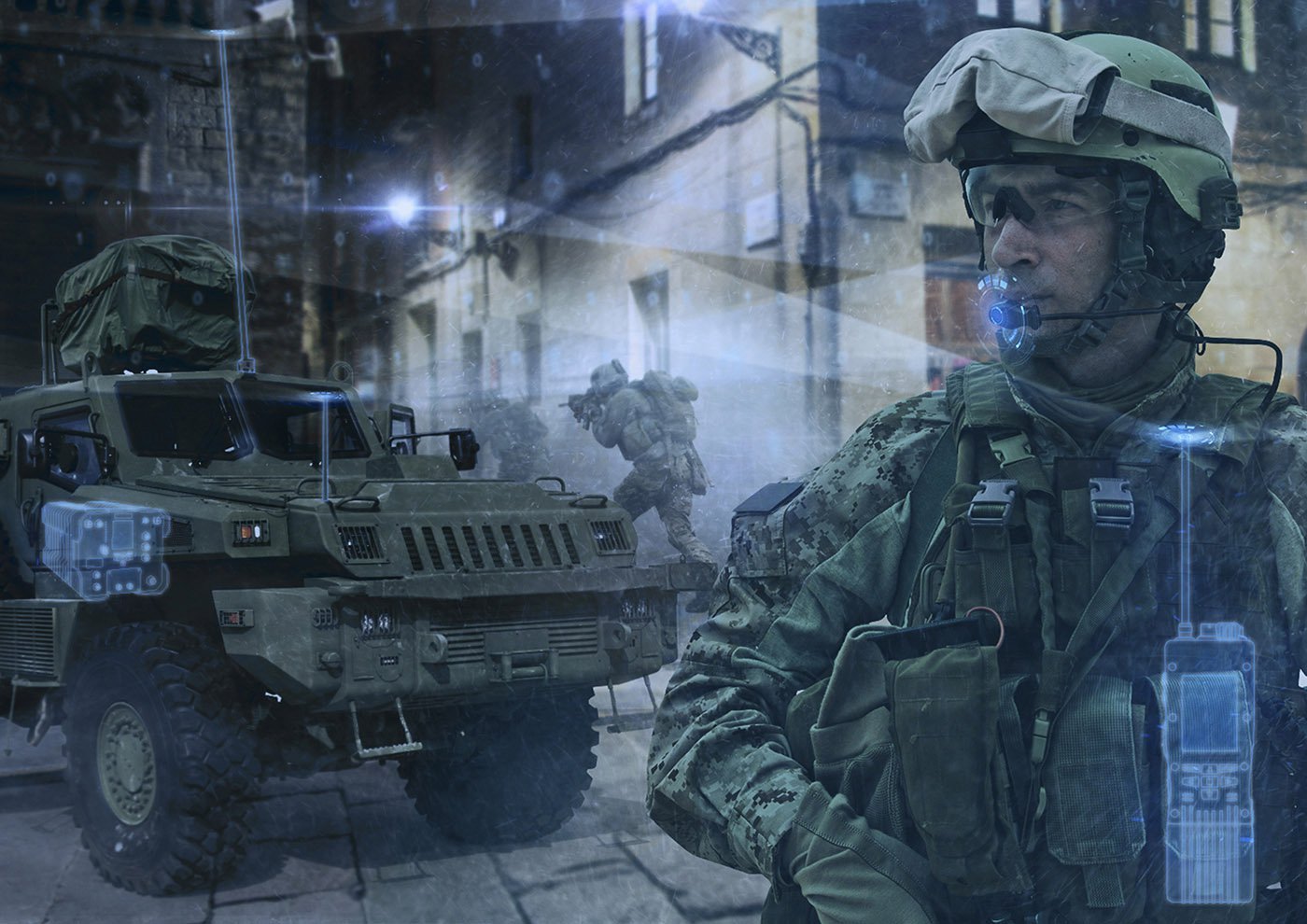
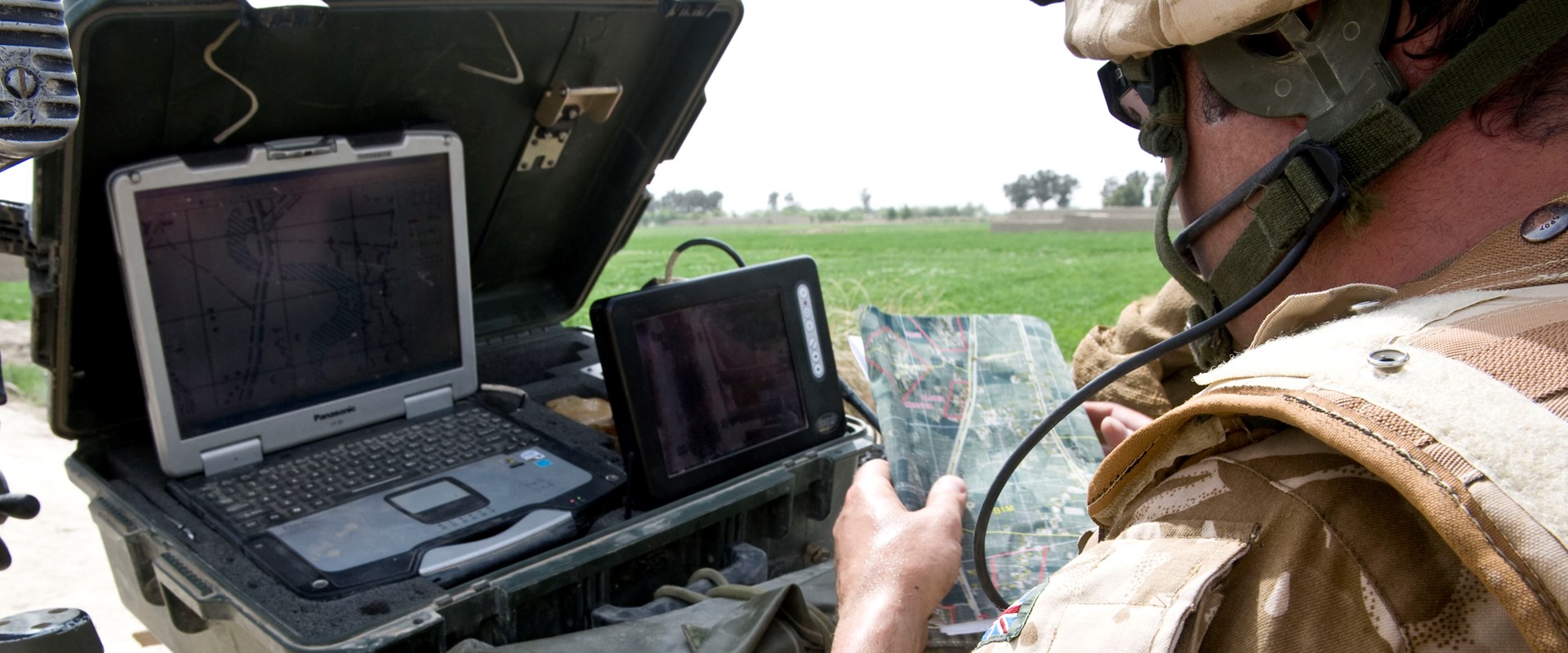
Tactical Radio Legacy
The digital tactical radio offers a range of capabilities previously unavailable in legacy communication systems based on analog technology. Still these legacy systems remain in wide use with many militaries around the world including NATO and other allies, but even with United Sates active and reserve or National Guard units. The presence of these legacy radios, largely lacking the abilities to share digital data pivotal to networking and other attributes vital to achieving the purported battlefield transformation being suggested by advocates. As Major Blumenthal observed in field exercises, “limited equipment equals limited effectiveness”. In the field, where digital radios are in limited numbers or are not available to cooperating units, the efficiently of establishing an integrated tactical network (ITN) can be compromised. The spread of MANET radios can exceed their LOS reducing the mesh possibilities and negating the intended operational gain.
This is particularly a concern in coalition operations at brigade and below between digitally equipped forces and those with legacy systems. This is especially the case in the Asian-Pacific where even modernised ground forces still employ legacy VHF at the tactical level. This is not meant to suggest these militaries are complacent. In fact, Singapore’s MINDEF is in the process of introducing newer generations of soldier radios with both voice and data communications. Similarly, the Philippine Army’s Horizon initiative has been acquiring through Foreign Military Sales (FMS) L3Harris Falcon III handheld, manpack, and vehicle radios with deliveries from 2017 into 2019. Australia has been moving toward full digital in its Land 2072 initiatives.
Power Problem
Powering radios is critical concern considering as much as 25 percent of a modern soldier’s 66-110lb (30-50kg) equipment load can be batteries (according to US, British and Canadian Army studies). Reducing the power consumption and maximising the use of low power components have both been a focus. However, according to a study by Thales Group, the level to which power demand can be reduced is limited. As a result, attention is being given to low-profile rechargeable power sources including charged in the field.
These chargers can be a portable ‘suit case’ style like Bren-Tronics BTC70100 with eight to 12 charging capacity or Thales AV/DC compatible 34 battery Modular Bulk Charger. These require manually placement of batteries with power drawn from a vehicle, solar array, or other external sources.
An alternative is inductive or wireless power transfer (WPT), or cordless charging which uses electromagnetic induction to provide electricity to devices. In this case it is not necessary to dock or plug the device or battery in, as it can simply be in proximity or on an inductive pad of the charging station. Mounted soldiers and mechanised infantry have a potential advantage of being able draw on a reliable power source. In fact, FÉLIN (Fantassin à Équipement et Liaisons Intégrés, Integrated Infantryman Equipment and Communications) designed by Safran Electronics and Defense as the French infantry combat system had provisions that integrated each soldier’s FELIN into the vehicle including power.
Jeff Muhs, director of Business Development for WiTricity, a WTP developer explained: “Proof-of-concept prototypes have been designed developed for the US Defense Advanced Research Projects Agency (DARPA). These transfer power wirelessly from military vests to handheld devices contained in vest pockets and have been demonstrated successfully. Another project for the US Army is the exploration of transferring power between a vehicle seat back to a soldier-worn vest battery allowing charging while sitting in vehicles.”
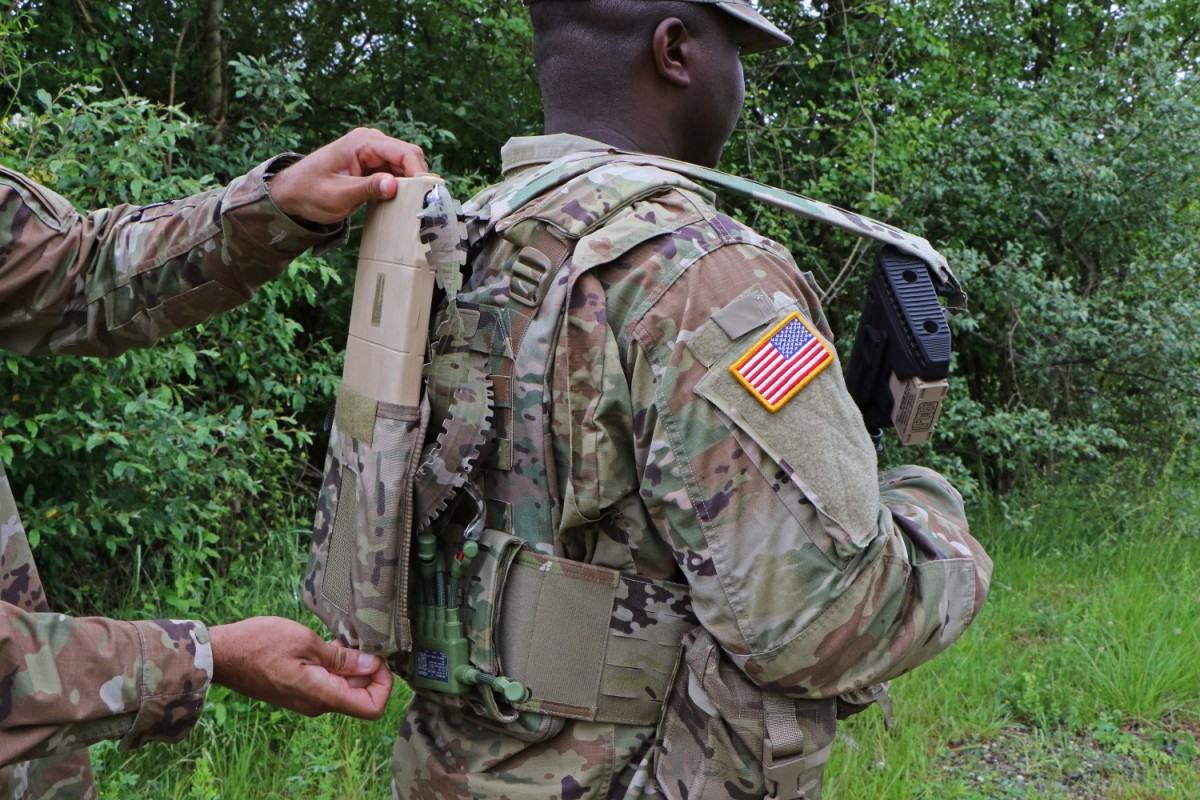
Conclusion
The demand to exchange information across the battlefield is viewed as the most critical factor to successful military operations. Where communications previously focused on voice connection, data exchange is rapidly growing. Digital technology has the potential to provide a seamless flow of information not only between commanders and soldiers, but from and to hardware, conceivably without human intervention.
by Stephen W. Miller





Comments are closed.